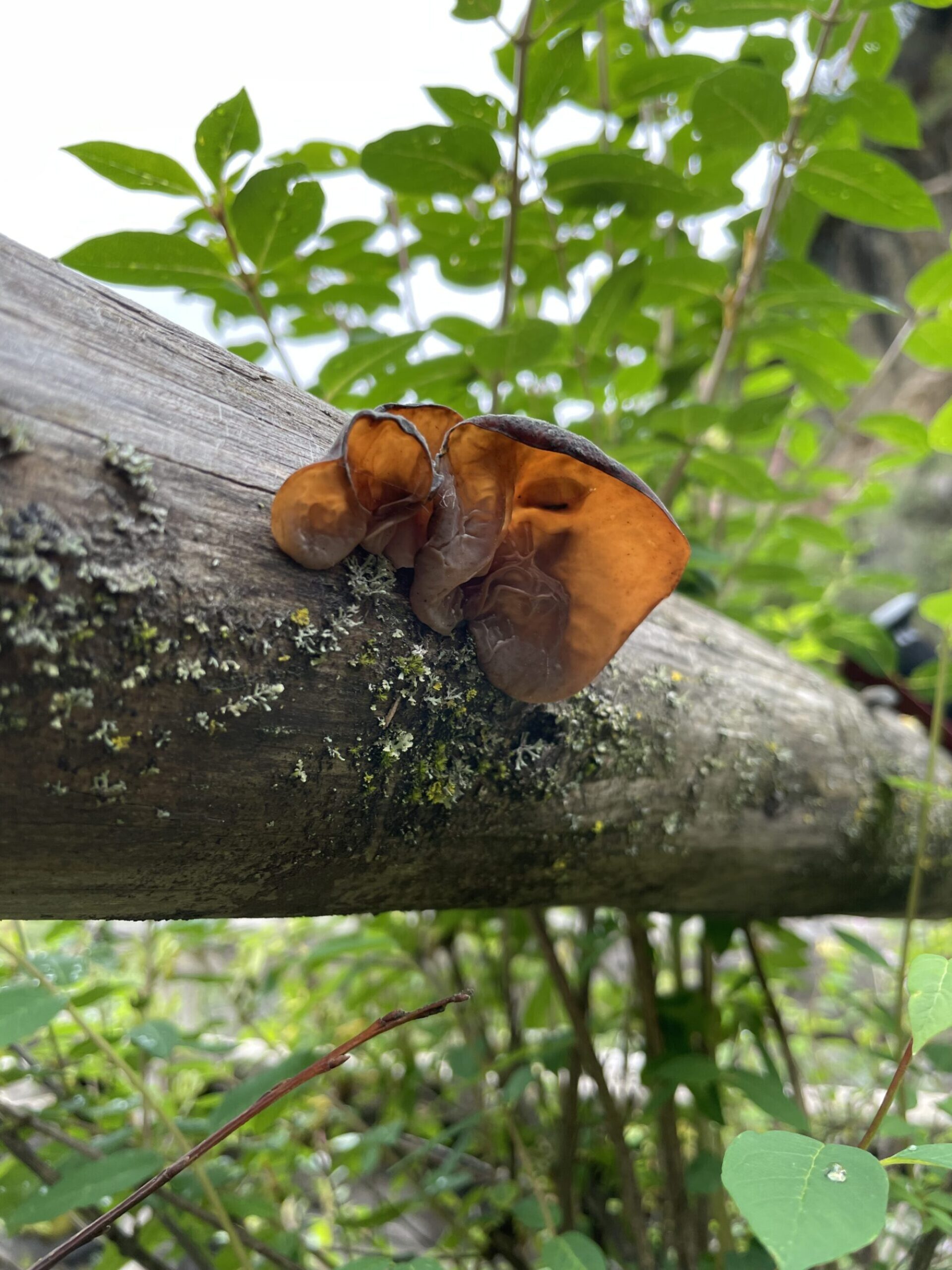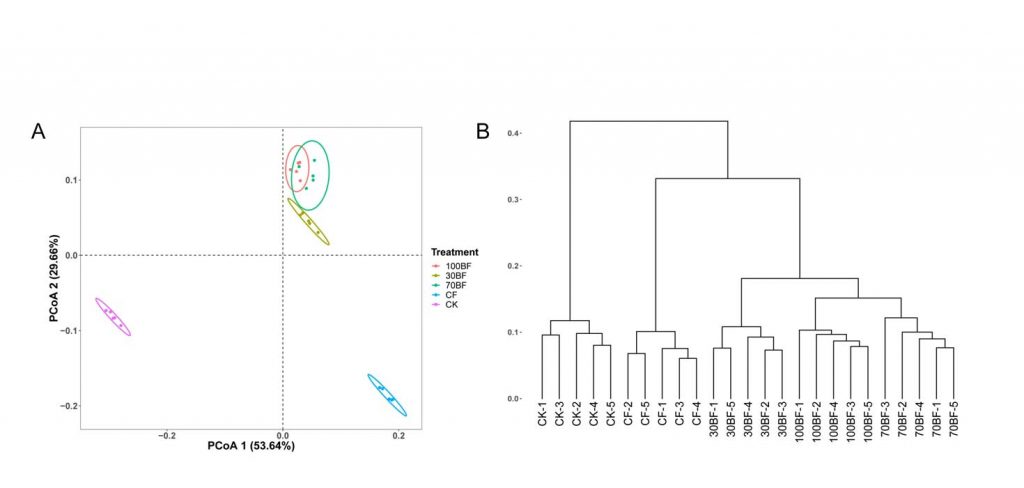
Jiang S-Q, Yu Y-N, Gao R-W, Wang H, Zhang J, Li R, Long X-H, Shen Q-R, Chen W, Cai F: High-throughput absolute quantification sequencing reveals the effect of different fertilizer applications on bacterial community in a tomato cultivated coastal saline soil. Science of The Total Environment 2019, 687:601-609.
Coastal saline soil is an important reserve land resource that has high potential for agricultural utilization. The present study adopted a high-throughput absolute quantification 16S rRNA sequencing method to investigate the effect of four different fertilization regimes (namely 100% of bio-organic fertilizer, 70% of bio-organic fertilizer +30% of chemical fertilizer, 30% of bio-organic fertilizer +70% of chemical fertilizer, and 100% of chemical fertilizer) on bacterial community assembly in a tomato cultivated saline soil. The results from the field experiment showed that a combination of 70% bio-organic fertilizer plus 30% of chemical fertilizer was the optimal dose to develop tomato cultivation (for improving yield and fruit quality) in this coastal tidal zone. The pot experiment gave the similar results on tomato growth and indicated the application of 70% bio-organic fertilizer plus 30% of chemical fertilizer as the best treatment to active the soil microbiome. The input of nutrients by fertilizers increased the total abundance of bacteria (to >3 fold compared to the initial soil) and simultaneously led to a significant loss of bacterial diversity in soil. The predominant phyla including Proteobacteria, Bacteroidetes and Firmicutes were the main contributors in the microbiome shift especially shown by their remarkable enrichment in the soil that treated by 70% of bio-organic fertilizer and those by the 100% chemical fertilizer. The RDA and Pearson correlation analyses indicated that the soil nutrient availability, especially available P and K, and soil salinity were the key environmental factors that shaped the bacterial community in this ecosystem, though the organic matter content and soil pH also played important roles in microbiome assembly.
Keywords: Absolute quantification 16S-seq; Bio-organic fertilizer; Coastal mud flat; Microbiome; Tomato cultivation.





